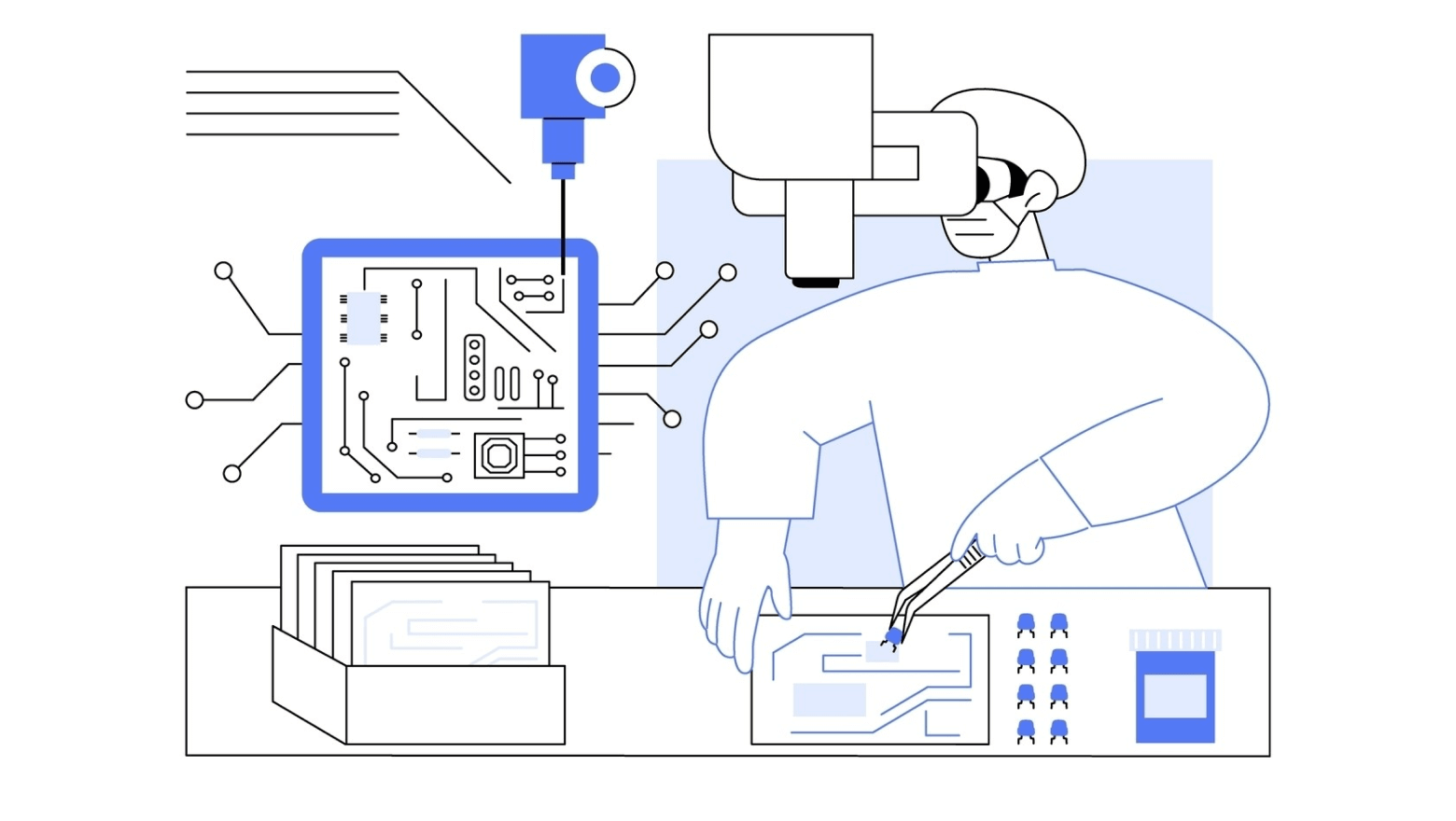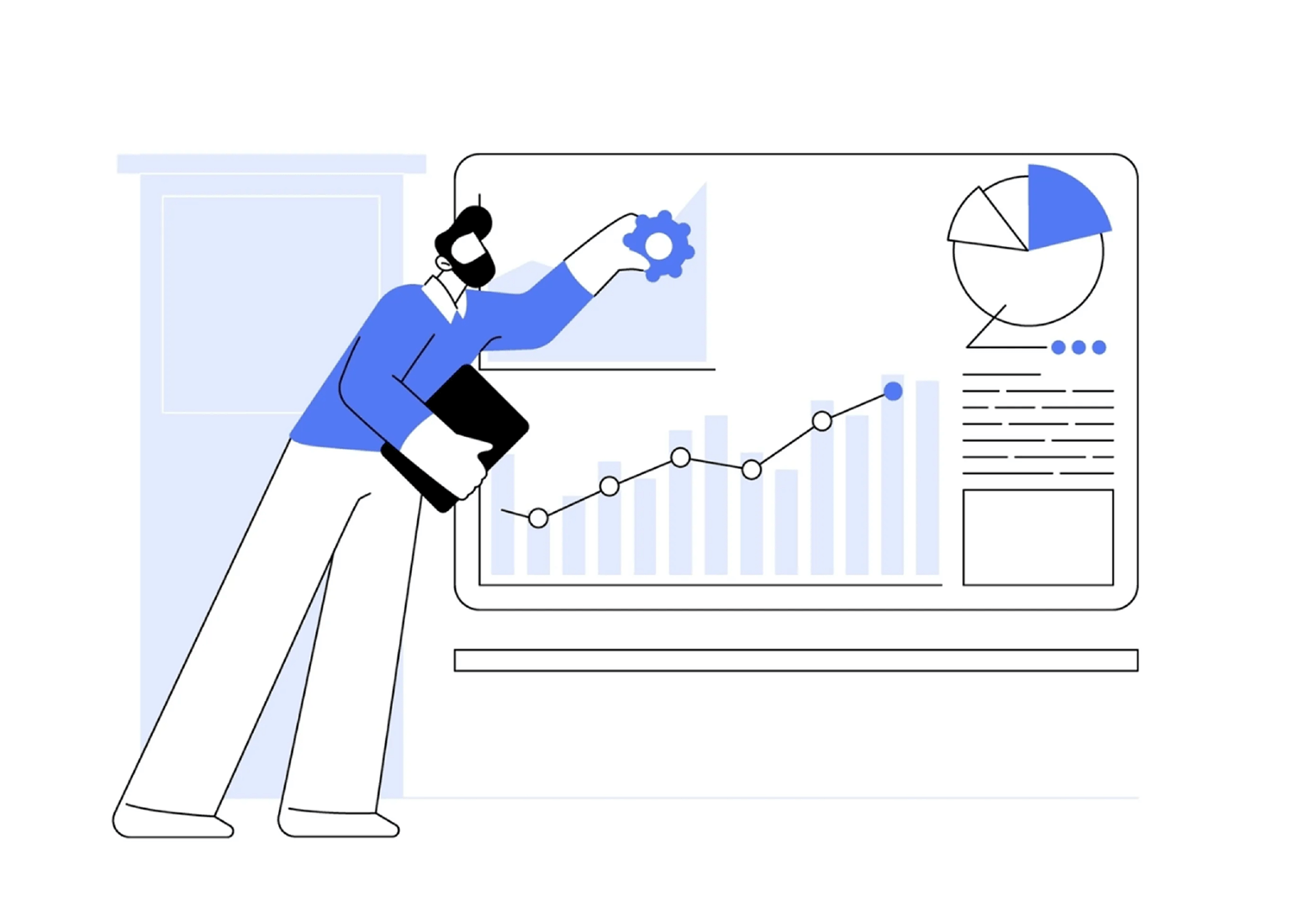Imagine for a moment: engineers from Japan, Germany, and Russia work together on a single project without worrying about language barriers. The global manufacturing industry is rapidly moving towards this ideal, due to advances in neural machine translation technology. In an era of globalisation, as large manufacturers expand their operations to multiple countries, the ability to overcome language barriers becomes a key success factor.
You are participating in an international meeting where every word is instantly translated into your native language. Today, on-premise machine translation solutions like Lingvanex make this possible, eliminating language barriers and opening new horizons for international collaboration. Right now, machine translation is helping thousands of companies speed up processes, improve communication, and reduce costs.

What is Machine Translation?
Machine translation (MT) is a technology that automatically converts text from one language to another using advanced computational techniques. Modern systems like Lingvanex, one of the leading platforms in this field, use complex algorithms, neural networks, and artificial intelligence to achieve high translation accuracy and speed.
Manufacturing giants actively use machine translation to translate technical documentation and facilitate communication between teams around the world. This allows them to significantly save time and resources while maintaining a high level of translation accuracy.
Applications of Automated Translation for Manufacturing
Machine translation has found its place in various aspects of the manufacturing process.
Technical Documentation
Translating technical documentation is one of the most important tasks in the manufacturing sector. Machine translation for industrial manuals, specifications and safety instructions, ensures the accuracy and clarity of documents. For example, Bosch needs to translate instructions into more than 30 languages. Machine translation software can make this task easier and allow employees in different countries to work according to the same standards, minimising the risk of errors and ensuring compliance with international norms.
The same is true about the localization of software used in manufacturing. Software is crucial for modern industry as it enables precise control and monitoring of complex manufacturing processes. Manufacturing software localization ensures that software applications used in production environments are adapted to meet local language and regulatory requirements, enhancing usability and compliance across different regions.
Real-Time Communication
Modern technologies allow the use of MT for real-time communication between teams in different countries. Tools like Microsoft Teams or Zoom already include machine translation functions, which help meeting participants understand each other regardless of language. A company using MT solutions can note significant improvements in the quality of video conferences, which will accelerate decision-making.
Training and Onboarding
Machine translation also plays an important role in training and onboarding new employees. Multilingual training materials allow new employees to quickly get into the process and start working effectively. For instance, an automobile company creates training materials in several languages, which helps new employees quickly adapt to working on production lines.
Recommendations for Implementing Machine Translation
Implementing machine translation in a company requires a strategic approach to ensure it meets your business needs effectively. Here’s a short guide on how to proceed:
1. Assess Your Company’s Needs: determine which documents and processes require translation and how often this is necessary.
2. Choose the Right Solution: consider different machine translation systems and choose the one that best suits your needs.
3. Integrate with Existing Systems: ensure the chosen solution integrates easily with your current document management and communication systems.
4. Train Employees: conduct training for employees on using the new system to ensure maximum efficiency.
5. Monitor and Optimise: regularly evaluate the effectiveness of the machine translation system and make necessary adjustments to improve results.
By following these recommendations, you can effectively implement a machine translation system that meets your company’s needs and enhances your translation processes.
Key Benefits of Lingvanex Machine Translation for Manufacturing
Lingvanex offers a range of advantages that make it an ideal solution for manufacturing companies.
Unlimited Translation for a Fixed Price
Lingvanex provides unlimited translation for a fixed monthly fee, starting at €200. This allows companies to plan expenses and scale their business without unexpected costs. You can translate thousands of pages of technical documentation daily, and this approach allows your business to significantly reduce expenses.
Total Privacy Protection
On-premise software allows processing data offline, ensuring it remains within the company and maintaining a high level of confidentiality. Technical documentation can be processed directly on the company’s servers, allowing complete control over data and eliminating its transfer through external networks.
High Performance
Lingvanex provides a translation speed of up to 20,000 characters per second. This is especially important for companies, where large volumes of technical documentation need to be translated quickly.
Customizable Translation
The software can be tailored to the specific needs of your business, including industry-specific terminology and professional jargon. This capability ensures that the translations are not only accurate but also contextually relevant.
Cost-Effectiveness
Automating translation processes with Lingvanex significantly reduces the need for human translators, leading to cost savings and increased efficiency. What do you think about reducing translation costs by 30%?
Real-Time Communication
Lingvanex supports real-time translation during calls, improving customer support and communication. It will help you to organise multilingual meetings with international partners and clients.
Support and Updates
Lingvanex offers regular free updates and excellent customer support as part of the service package. This ongoing dedication to improvement and customer satisfaction helps your business communicate effectively on a global scale, leveraging the latest advancements in translation technology.
Challenges and Limitations of Machine Translation
Despite all its advantages, MT has several challenges and limitations.
Accuracy and Context
Ensuring accuracy and context in technical translations is one of the main challenges. Fully relying on MT can lead to errors, especially in complex texts.
In the field of mechanical engineering, the term “bearing” is a critical component that can be translated differently depending on the context. A machine translation might render it as “подшипник” in Russian, which is correct when referring to a mechanical component that supports rotating shafts. However, in some contexts, “bearing” could mean “опора” (bearing as in supporting structure).
Without proper context, the translation could lead to misunderstandings and errors in technical documentation.
Industry-Specific Terminology
Translating specialised jargon and terminology can be challenging. In the automotive industry, for instance, there are many specific terms that are not always correctly translated by automatic systems. In such cases, human intervention is essential.
Thus, in the field of construction the word “beam” (structural component) should be translated in Russian as “балка”, not “луч” (that is still correct in general texts).
Cultural Nuances
Cultural differences can affect translation and communication, requiring consideration of cultural aspects.
In Japanese culture, for example, respectful address is important, and incorrect translations can be perceived as disrespectful. Therefore, it is important to consider cultural aspects in translation.
The Future of Machine Translation in Manufacturing
The development of technologies such as AI and machine learning promises significant improvements in the future. New machine learning algorithms allow MT systems to consider context and predict the best translation. Integration of MT with augmented reality is also expected, enabling the creation of multilingual instructions and guides automatically translated into the required language in real-time.
Conclusion
Machine translation has already become an integral part of manufacturing processes, helping companies overcome language barriers and improve communication. The constant development of AI and machine learning technologies opens new horizons for automatic translation, making it increasingly accurate and adaptable to various conditions.
Machine translation is not just a way to overcome language barriers; it is a tool that helps companies become more flexible, efficient, and competitive. If you have not yet started using machine translation in your business, now is the time to take the first step. Try Lingvanex and see its benefits for yourself.



